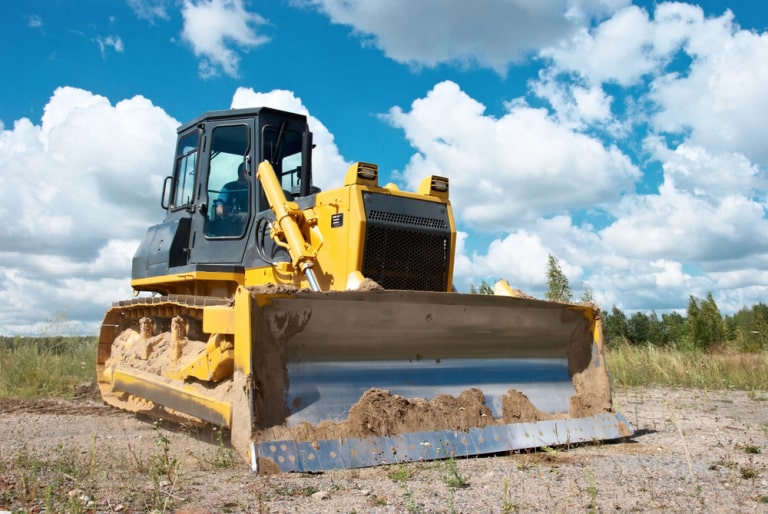A Guide to Skid Steer Grading

As land development and construction projects become increasingly sophisticated, the need for precise grading equipment has never been greater. Skid steer loaders, versatile and agile, have become a go-to machine for many grading tasks. Paired with the right attachments, these machines transform into highly effective grading tools.
Understanding the capabilities and best practices of skid steer graders can significantly improve project outcomes for contractors and operators alike. In this article, we delve into the world of skid steer grading technology, offering insights and tips to help you master the art of precision grading.
Understanding the Basics of Skid Steer Graders
At its core, a skid steer grader is a type of attachment designed to create a level surface. These attachments attach to the front of a skid steer loader, utilizing the machine’s power and mobility to spread and smooth out materials. Given the compact size of skid steers, these graders are especially useful in tight spaces where larger, dedicated grading machines cannot maneuver.
Skid steer graders come in various sizes and designs to accommodate different project needs. Whether working on small residential landscaping or larger construction sites, there’s an appropriate attachment for the task. The key benefit of using a skid steer for grading over traditional methods is the precision and efficiency it offers, reducing manual labor and time spent on the job site.
The durability of a skid steer grader is another critical factor. Construction sites are demanding environments, and grading attachments must withstand significant wear and tear. Investing in a robust, well-designed grader, like the Heavy Duty Skid Steer Grader, can ensure longevity and consistent performance.
Step-By-Step Guide to Efficient Skid Steer Grading
Achieving an even and precise grade with a skid steer requires practice and knowledge of the grading process. The first step is to properly set up the job site. This includes establishing benchmark elevations and ensuring the machine is equipped with a suitable attachment for the soil type and grade desired.
Next, the operator should perform a rough grading pass to remove excess material and level out major inconsistencies. This initial pass doesn’t need to be perfect, but should create a solid base for the fine grading to come. Operators should always check the grade indicators or guidance systems, if available, to stay on track.
Subsequent passes become progressively finer, with the operator making smaller adjustments to the skid steer grader’s blades. Patience and precision are crucial during these stages, as hasty movements can undo previous work. It’s important to overlap each pass slightly to avoid leaving ridges or gaps in the grade.
Tips for Maintaining Your Skid Steer Grading Equipment
Proper maintenance is essential for the longevity and performance of skid steer grading attachments. Routine inspections should be carried out to check for wear on the cutting edges, skid shoes, and other critical components. Replace or repair any parts that show significant signs of wear to maintain optimal grading results.
Lubrication of moving parts is another maintenance staple. Regularly greasing pivot points and hydraulic fittings ensures that your skid steer grader operates smoothly and prevents premature wear. Always refer to the manufacturer’s guidelines to understand the specific maintenance requirements of your equipment.
Keeping hydraulic systems clean is vital for the health of the grading attachment. Contamination in the hydraulic fluid can lead to operational issues and potential damage to the machinery. Changing filters and fluid according to the recommended schedule will help avoid these problems.
Innovations and Trends in Skid Steer Grading Technology
The skid steer grading industry is not immune to technological advancement. In recent years, we’ve seen a surge of innovations within this sector, such as the integration of automation and advanced material technologies. These enhancements have the potential to further improve the grading precision and make the operation of skid steer graders even more intuitive.
Automation, for one, is paving the way for semi-autonomous grading systems that can drastically decrease the need for manual input, reducing operator fatigue and enhancing safety. These systems rely on sensors, GPS, and other technologies to maintain grade with minimal human oversight.
Material advancements also contribute to the longevity and effectiveness of grader attachments. The use of abrasion-resistant steel and carbide cutting edges can significantly extend the life of these tools, even under the harshest grading conditions.
Overall, the potential for skid steer graders in terms of efficiency and precision in grading tasks is immense. With the right attachment and maintenance practices, these machines can drastically improve project productivity. And as technology continues to evolve, it’s clear that skid steer graders will remain an essential tool in the construction and landscaping industries.




